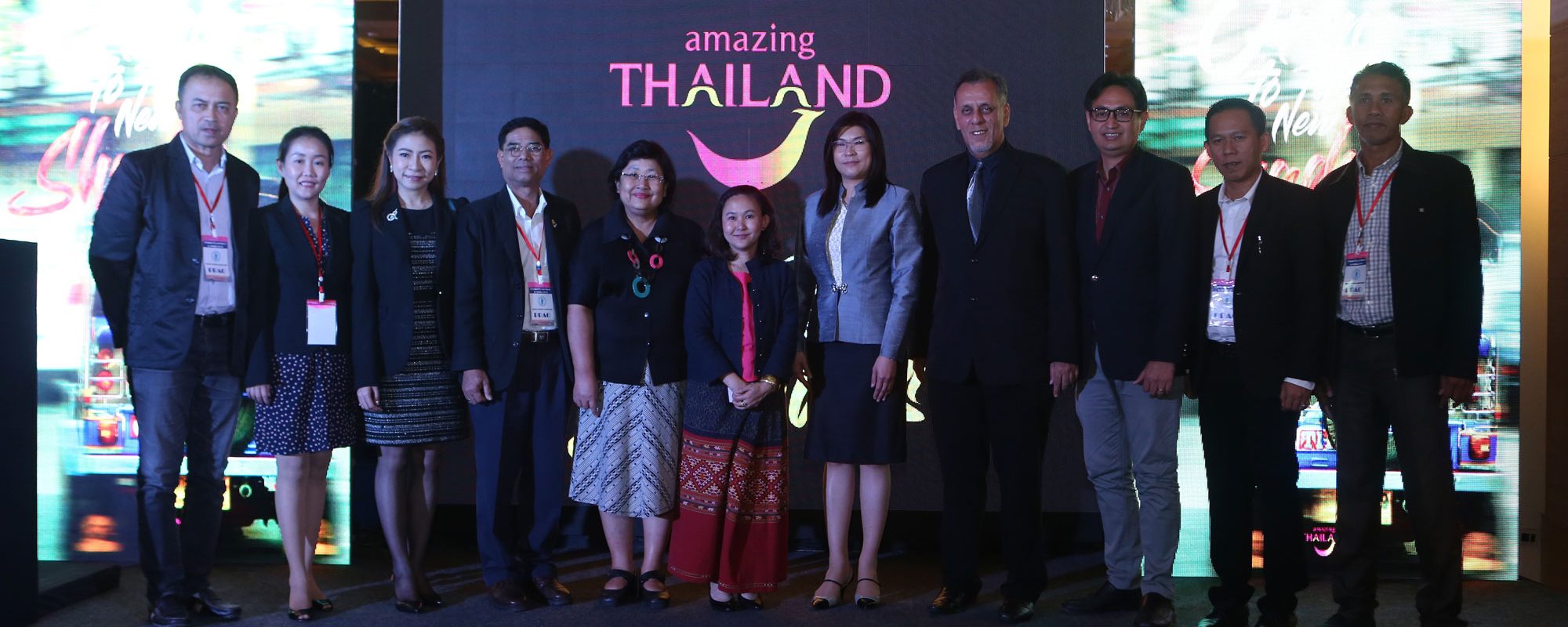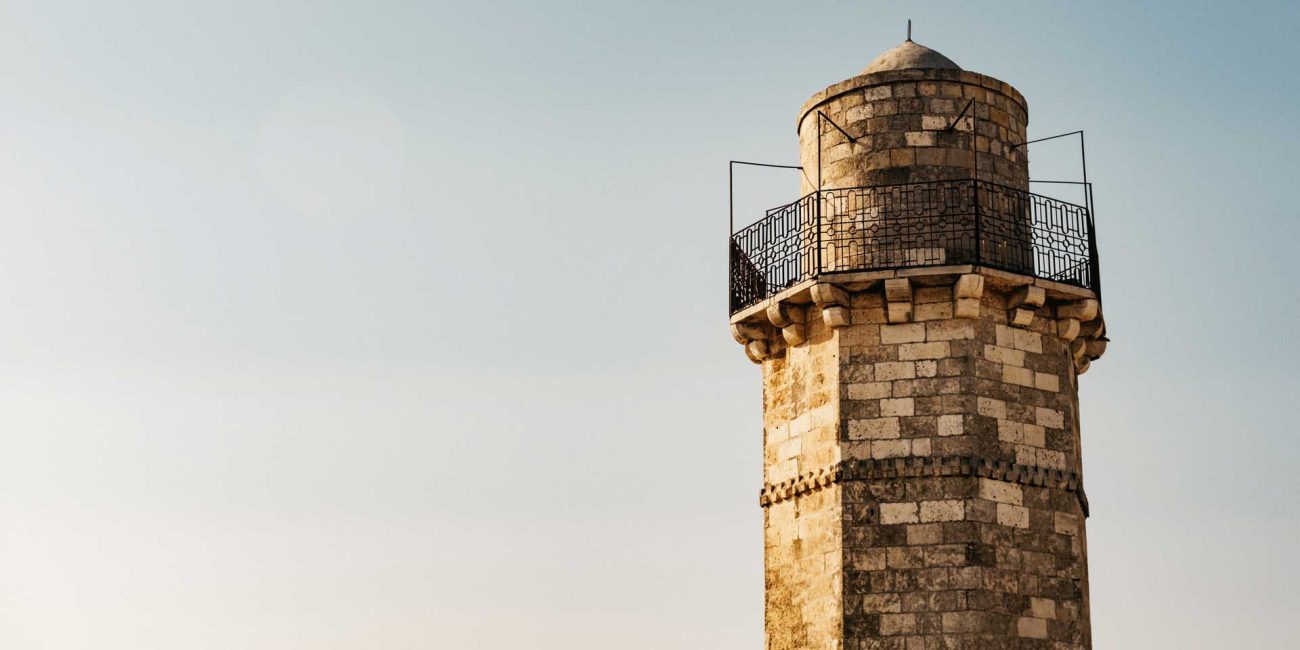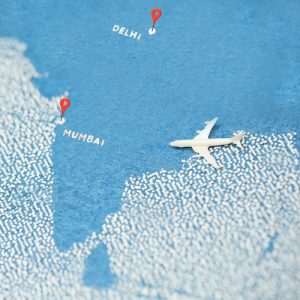
Situation
The Royal Thai Armed Forces, led by General Prayut Chan-o-cha, Commander of the Royal Thai Army (RTA), launched a coup d’état, against the caretaker government of Thailand, following six months of political crisis.

Challenge
Anti-government protests took place in the country when the public discontent against the ruling political party resulted in civil disobedience that led to widespread violence, primarily in Bangkok. The military established a junta called the National Council for Peace and Order (NCPO) to govern the nation. As the situation was blown out of proportion by international and national media along with the Indian government issuing an advisory against travelling to Thailand, the crisis needed to be handled sensitively.

Strategy
The core strategy was to maintain a positive image and ensure departures to Thailand from India. The team continually showcased the real-time scenario in Thailand. Agents and media were updated on the situation via press notes and newsletters on a daily basis. Two-way communication strategy was adopted wherein the team spoke to the travel trade on a daily basis highlighting the latest situation on-ground, measures for tourists’ safety, informing them about areas in Bangkok to avoid alongside answering all queries to tactfully get bookings as soon as possible. The Tourism Director for Thailand in India addressed the media regularly which helped reduce speculative articles. Also, timely updates garnered positive news as opposed to negative stories. Dissemination of content showcasing various product offerings was done by way of planting features focused on different aspects of Thailand.

Outcome
As a result of our dedicated PR efforts, we were able to control the damage. While tourist numbers remained steady from Jan to May, Thailand witnessed a spike as normalcy returned, resulting in a total of 1 million Indian tourists arrivals in 2013. By 2014, arrivals touched nearly 400,000 (May 2014 was approximately: 92,389) despite the curfew.







